Sopapillas: Where Did This Fried Dessert Treasure Come From?
Table of Contents
- Introduction
- Origins: New Mexico or Mexico?
- Spice & Sweetness: The Sopapilla Secret
- 5 Must-Know Tips for Perfect Sopapillas
- Global Cousins: Sopapillas Around the World
- A Slice of History: How Sopapillas Spread
- Conclusion
Introduction
If you’ve ever bitten into a warm, honey-drenched puff of fried dough and felt like you’d stumbled into dessert heaven, congratulations—you’ve just met a sopapilla. But where did this golden, flaky delight come from? Spoiler alert: it’s got deep roots in the Southwest U.S., but its family tree is tangled with spices, conquests, and centuries of cultural fusion.
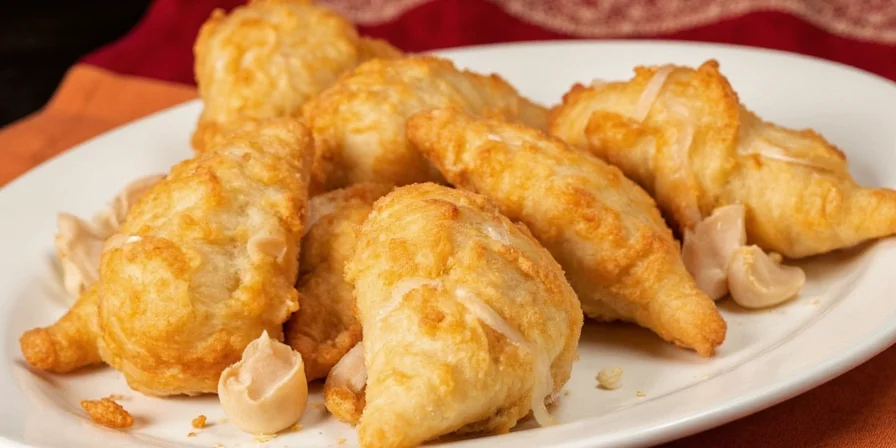
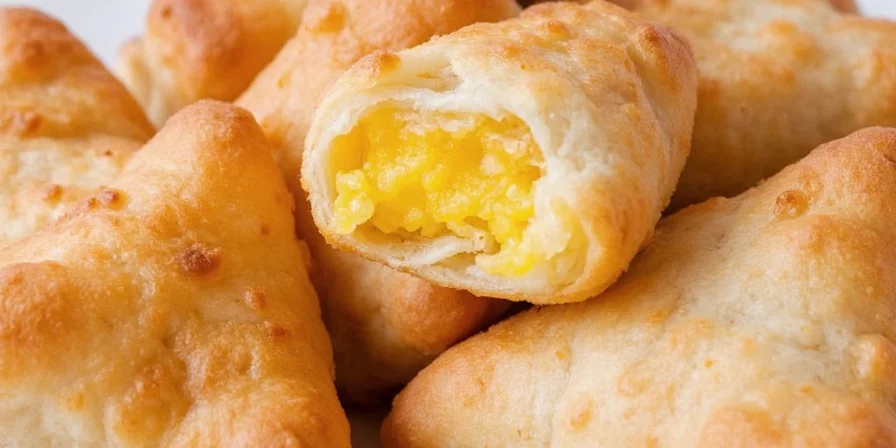
Origins: New Mexico or Mexico?
Sopapillas are most commonly associated with New Mexican cuisine, but their true origins go further back. Think Spanish conquistadors, Moorish influence in Europe, and trade routes stretching across continents.
| Region | Connection to Sopapillas |
|---|---|
| New Mexico, USA | Modern home of the sopapilla as we know it today. |
| Mexico (especially Northern regions) | Served as sopaipillas—similar recipes, same crispy charm. |
| Spain | Brought the original recipe to the Americas during colonization. |
| Morocco / Middle East | Influence from fried dough traditions like msemen and baghrir. |
Spice & Sweetness: The Sopapilla Secret
While not spicy in the chili sense, sopapillas are deeply tied to spice through history. Let’s break it down:
- Flour: Once a luxury item introduced by Europeans.
- Honey: Often sourced locally, varying from floral to earthy depending on region.
- Cinnamon & Sugar: Optional toppings that add warmth and complexity.
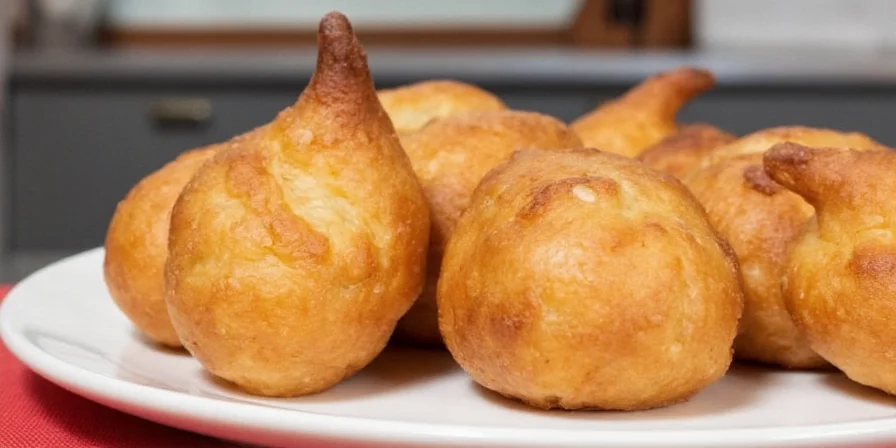
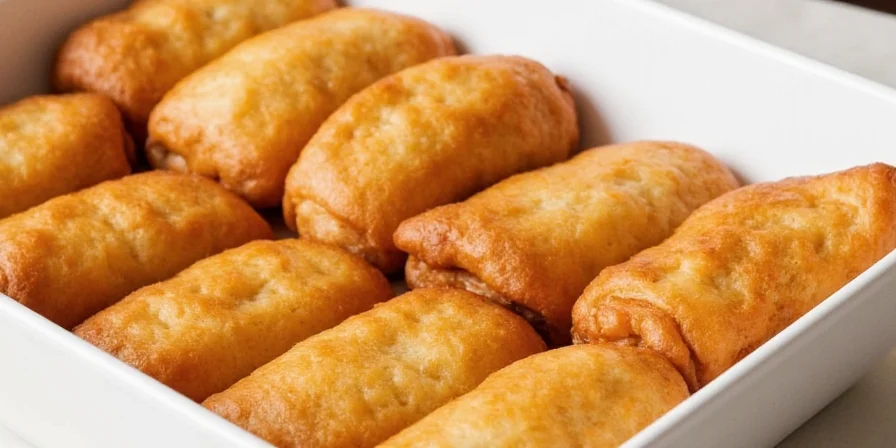
5 Must-Know Tips for Perfect Sopapillas
- Dough Time: Rest your dough for at least 30 minutes before rolling out for better texture.
- Oil Temperature: Keep the oil between 360–375°F (180–190°C) to avoid soggy or burnt results.
- Fold Like a Pro: Cut into triangles or squares for classic shapes that puff up nicely.
- Drain Excess Oil: Use paper towels or a wire rack to keep them crisp without greasiness.
- Serve ASAP: Sopapillas deflate when they cool, so enjoy while hot!
Global Cousins: Sopapillas Around the World
Sopapillas have many distant relatives across the globe, each with a unique twist. Check out this global family reunion:
| Dessert Name | Origin | Similarity to Sopapilla |
|---|---|---|
| Msemen | Morocco | Fried layered pancake; often served with honey or jam. |
| Puris | India | Deep-fried puffed bread, usually savory but sometimes sweetened. |
| Krepels | Poland/Jewish cuisine | Thin filled pastries, sometimes fried, often sweet. |
| Zeppoles | Italy | Italian-style fried dough balls, similar in texture and joy factor. |
| Churros | Spain/Mexico | Sticky-sweet sticks of joy, dusted with cinnamon sugar. |
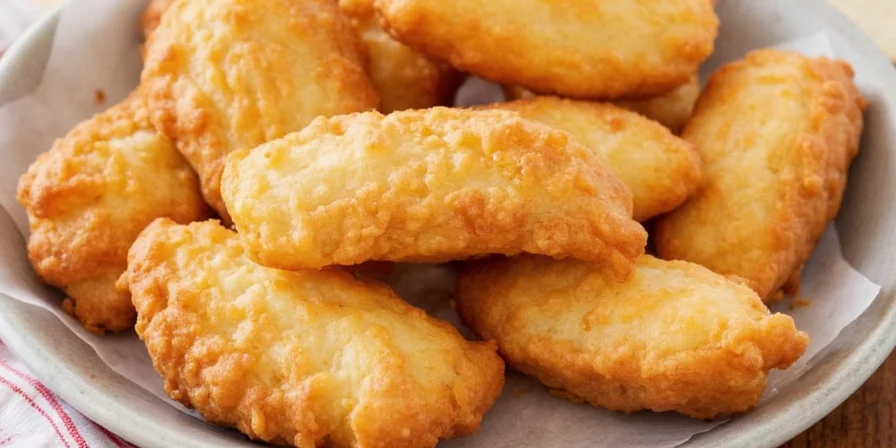
A Slice of History: How Sopapillas Spread
The story of sopapillas begins with the Spanish colonization of the Americas. When the Spanish arrived in what is now New Mexico in the 1500s, they brought wheat flour, pork lard, and sugar—ingredients previously unknown in the region. Indigenous peoples blended these European imports with their own culinary traditions, resulting in dishes like sopapillas and fry bread.
- Used during celebrations, religious feasts, and communal gatherings.
- Over time, became a staple in Southwestern households and restaurants.
- Variations exist between Pueblo communities, Hispanic families, and even Anglo adaptations.

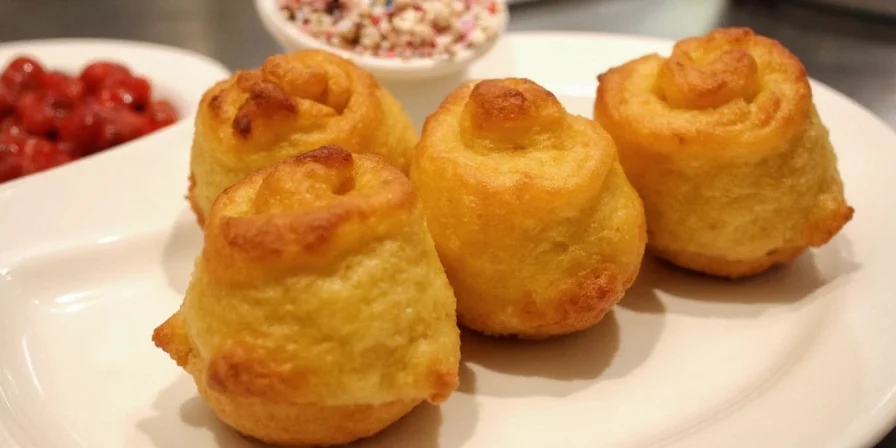
Conclusion
So, where are sopapillas from? While modern fame rests in New Mexico, their journey spans oceans, empires, and centuries of spice trade and culinary fusion. Whether enjoyed with a drizzle of local honey or dipped in spiced chocolate, sopapillas are more than just fried dough—they're a testament to how food connects us all.
Next time you bite into one, remember: you’re tasting history, culture, and a whole lot of flavor. Now go forth and sopapilla responsibly!

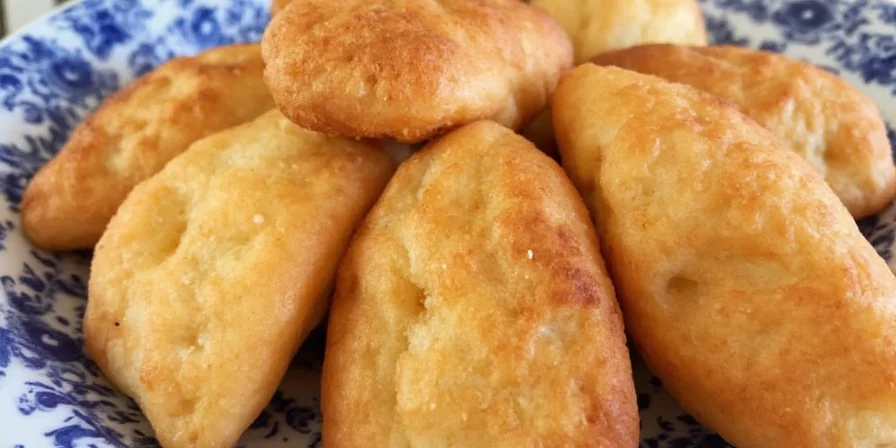









 浙公网安备
33010002000092号
浙公网安备
33010002000092号 浙B2-20120091-4
浙B2-20120091-4